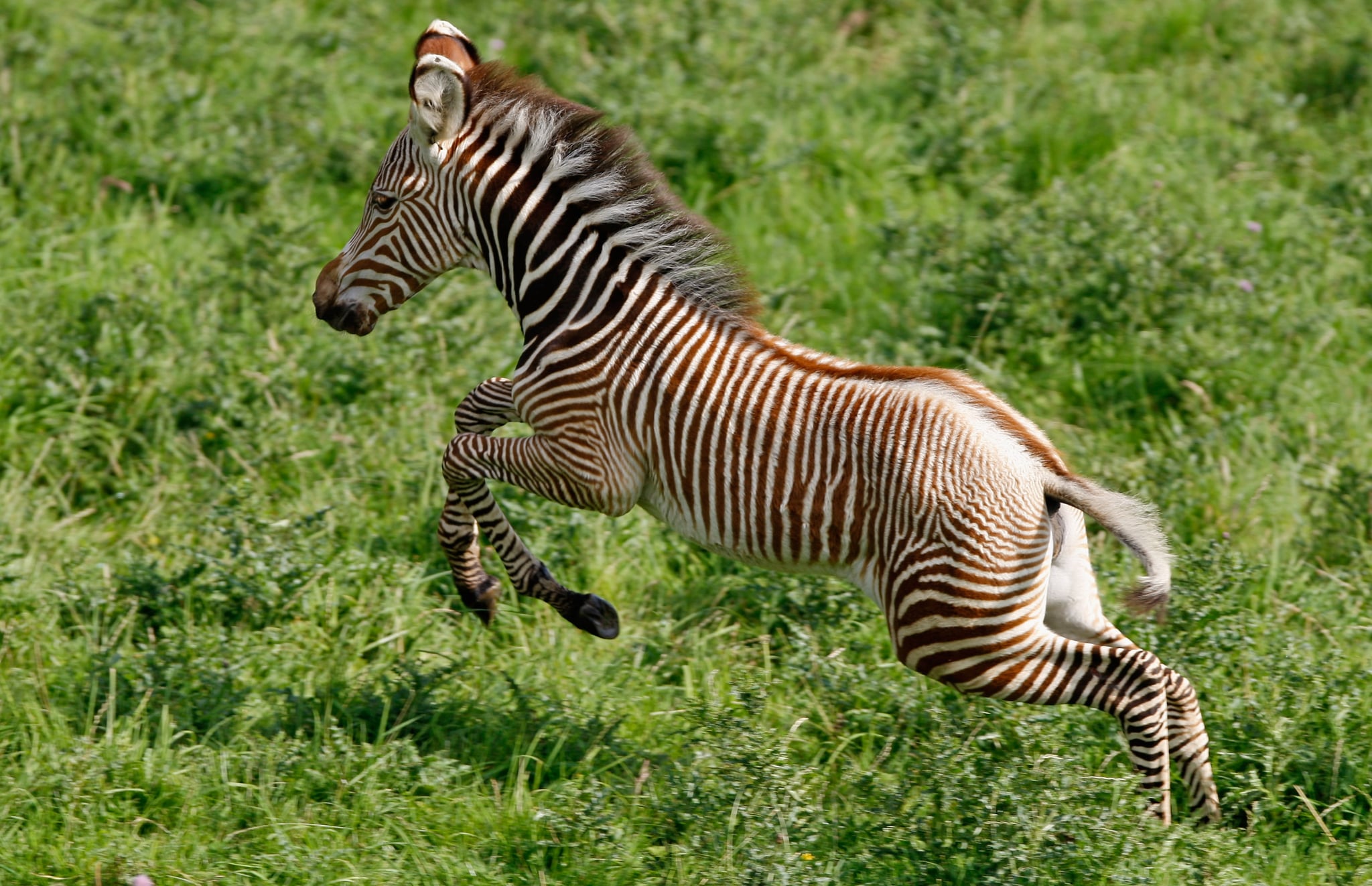
Florence, an Endangered Grevy's Zebra, Is Born in Scotland's Edinburgh Zoo POPSUGAR Pets
Other articles where Grevy's zebra is discussed: perissodactyl: Zebras: Grevy's zebra (E. grevyi), which shares a narrow zone in northern Kenya with the plains zebra, is confined to sparsely wooded, semidesert plains and low hills in northern Kenya, southern and eastern Ethiopia, and western Somaliland. Its status appears to be generally satisfactory.
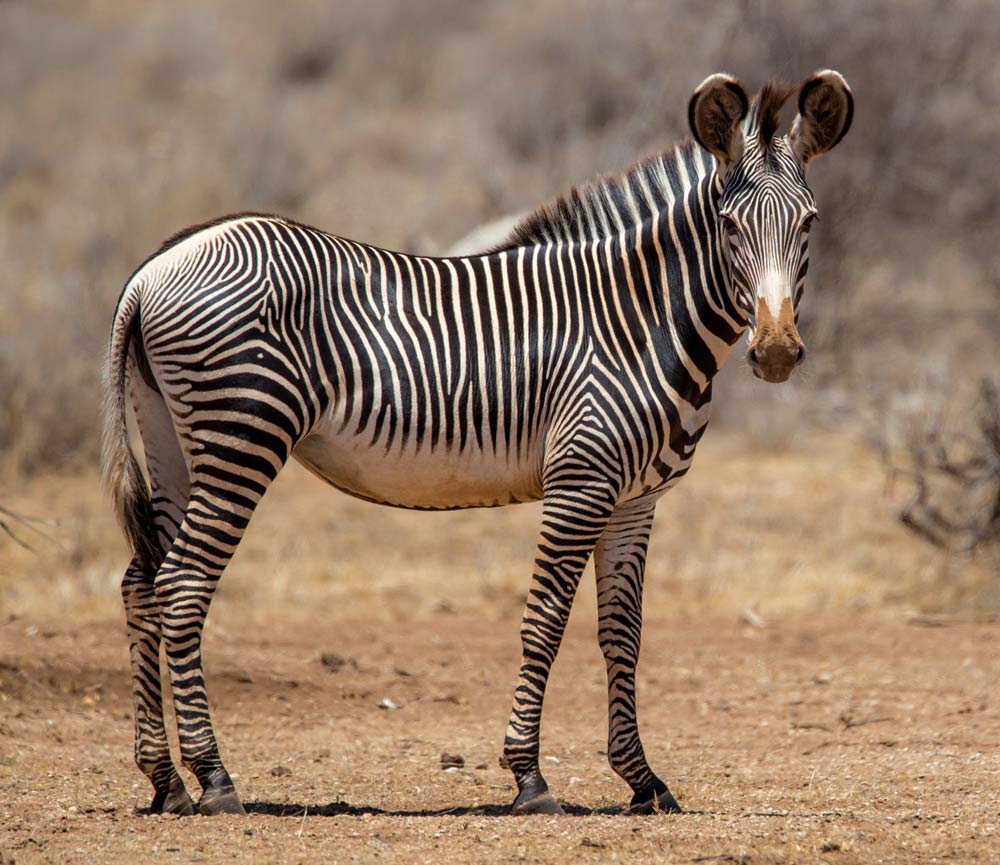
Saving the endangered Grevy's zebra in Samburu, Northern Kenya
Grévy's zebra (Equus grevyi), also known as the imperial zebra, is the largest living wild equid and the most threatened of the three species of zebra, the other two being the plains zebra and the mountain zebra.Named after Jules Grévy, it is found in parts of Kenya and Ethiopia.Superficially, Grévy's zebras' physical features can help to identify it from the other zebra species; their.
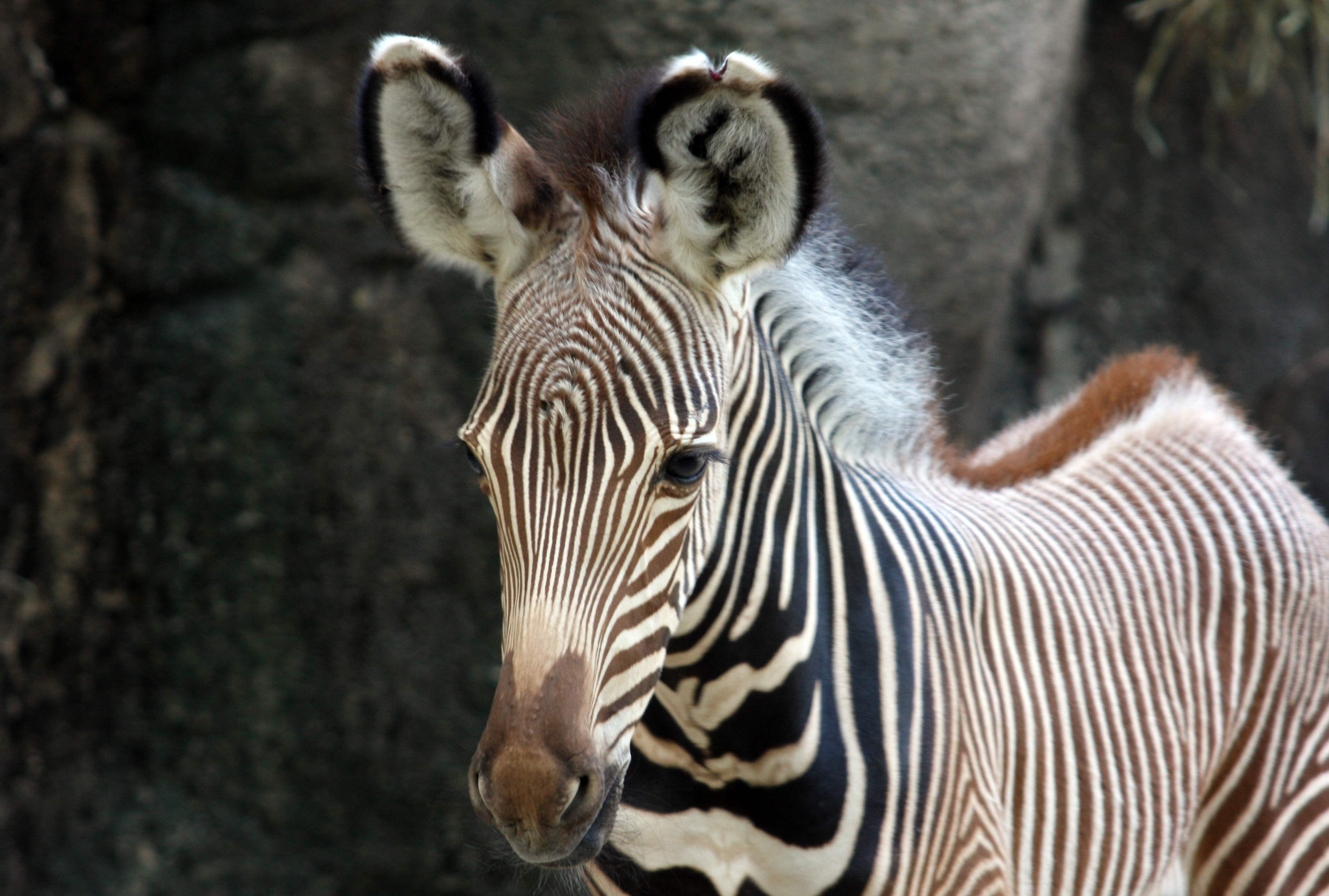
First Female Grevy's Zebra Born at the Cincinnati Zoo The Cincinnati Zoo & Botanical Garden
Collaring Grevy's Zebra in Northern Kenya Wildlife collaring, which strategically puts data-collecting collars on animals that can then be tracked and monitored, allows scientists, conservationists, infrastructure planners, policymakers and other stakeholders to understand how a group of animals moves.

Marwell Wildlife appeals for help saving Grevy’s zebra MLG Gazettes
Grevy's Zebra. Grevy's-like horse fossils; Fossil remains date to c. 2 mya; found in east and south Africa (Churcher 1993; Groves & Ryder 2000) Oldest Grevy's zebra fossils; Present in north-east Africa >1 million years ago (Marean & Gifford-Gonzales 1991) Neolithic remains (5,000-3,500 years ago) from Dakhleh Oasis, Egypt (Churcher 1993)
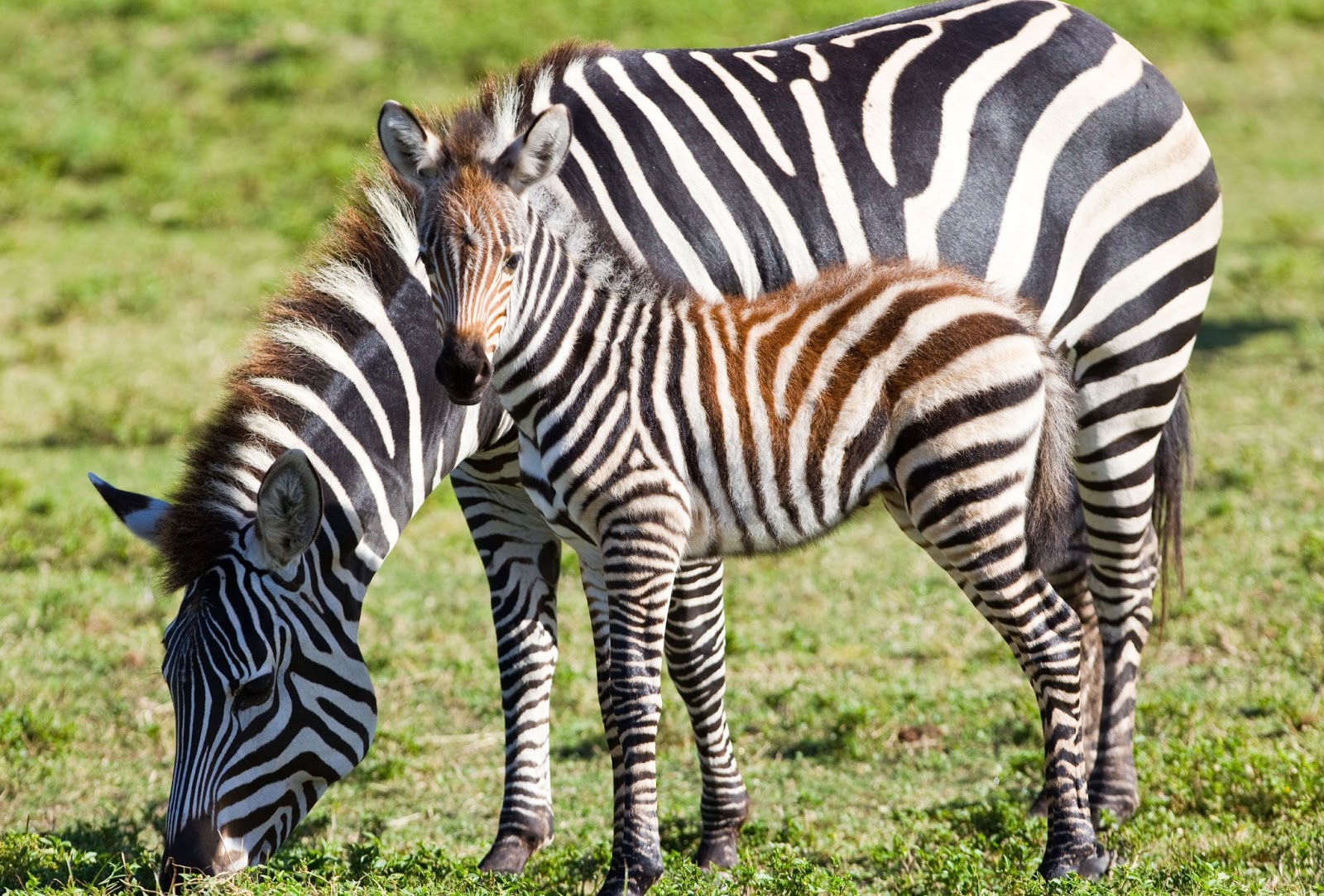
The Grévy's Zebra Beautiful Animal The Wildlife
Grevy's zebra live 18-20 years in the wild, but up to 30 years in captivity. Fun Facts. Grevy's zebra were named for Jules Grevy, a former president of France, to whom the first known specimen of the animal was sent in 1882. No two zebra have identical stripes - each stripe pattern is as distinctive as a fingerprints.
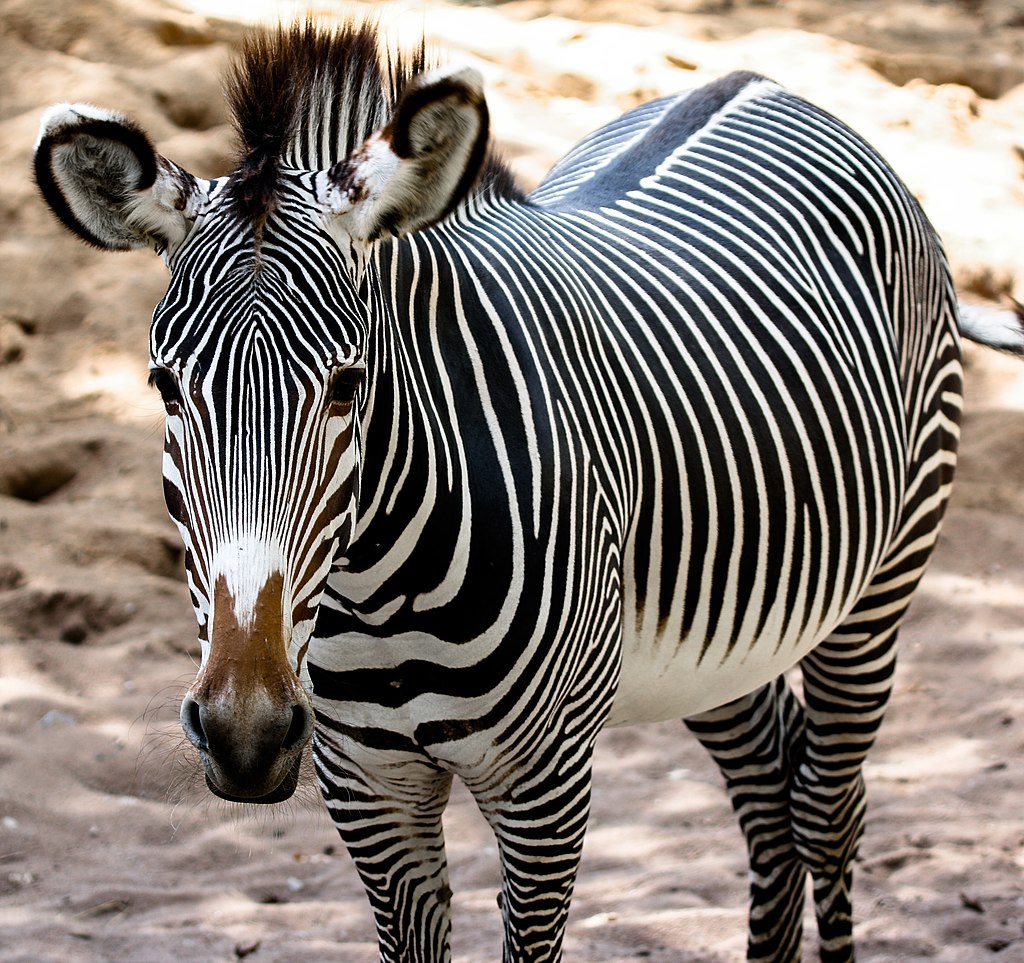
Knowsley Safari Park endangered Grevy’s Zebra
The Grevy's Zebra is a species of highly endangered equines that are found in a very limited region in the continent of Africa. With a rapidly declining population, at present, there are only about 2,200 specimens left in the wild. With thicker stripes and bigger ears, the Grevy's zebra is the largest of all the zebra species.
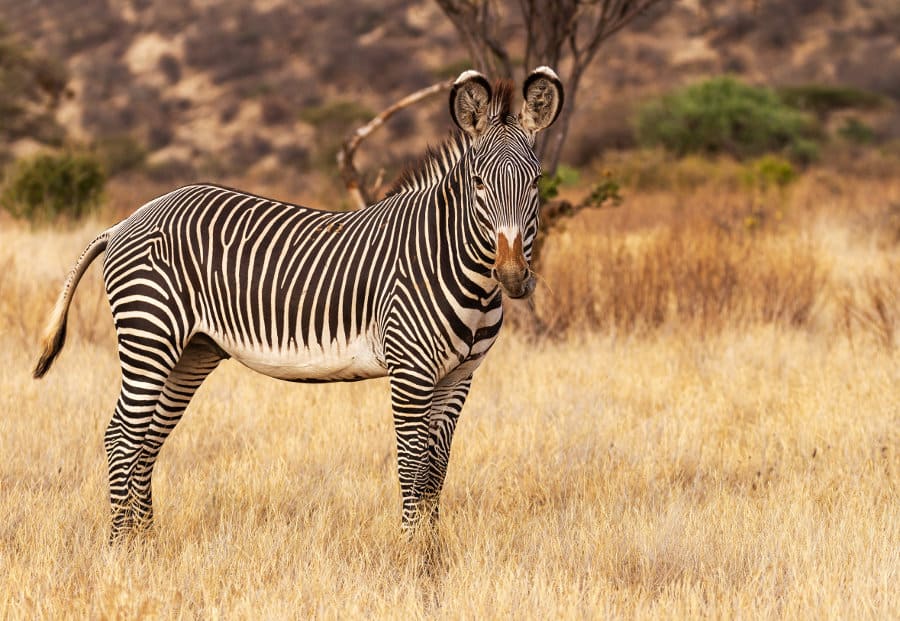
Why Are Grevy's Zebras Endangered? And How Can They Be Saved?
The Grevy's zebra is listed as endangered by the International Union for Conservation of Nature, with about 2,500 adults in the wild. Both Ethiopia and Kenya have laws in place protecting the.

Grevy's zebras Animals Facts & Interesting Pictures All Wildlife Photographs
Grévy's zebra is the largest of all wild equines. It is 2.5 to 3.0 meters (8-9.8 feet) from head to tail with a 38 to 75 centimeter (15-30 inch) tail, and stands 1.45 to 1.6 meters (4.6-5.25 feet) high at the shoulder. These zebras weigh 350 to 450 kilograms (770-990 pounds).
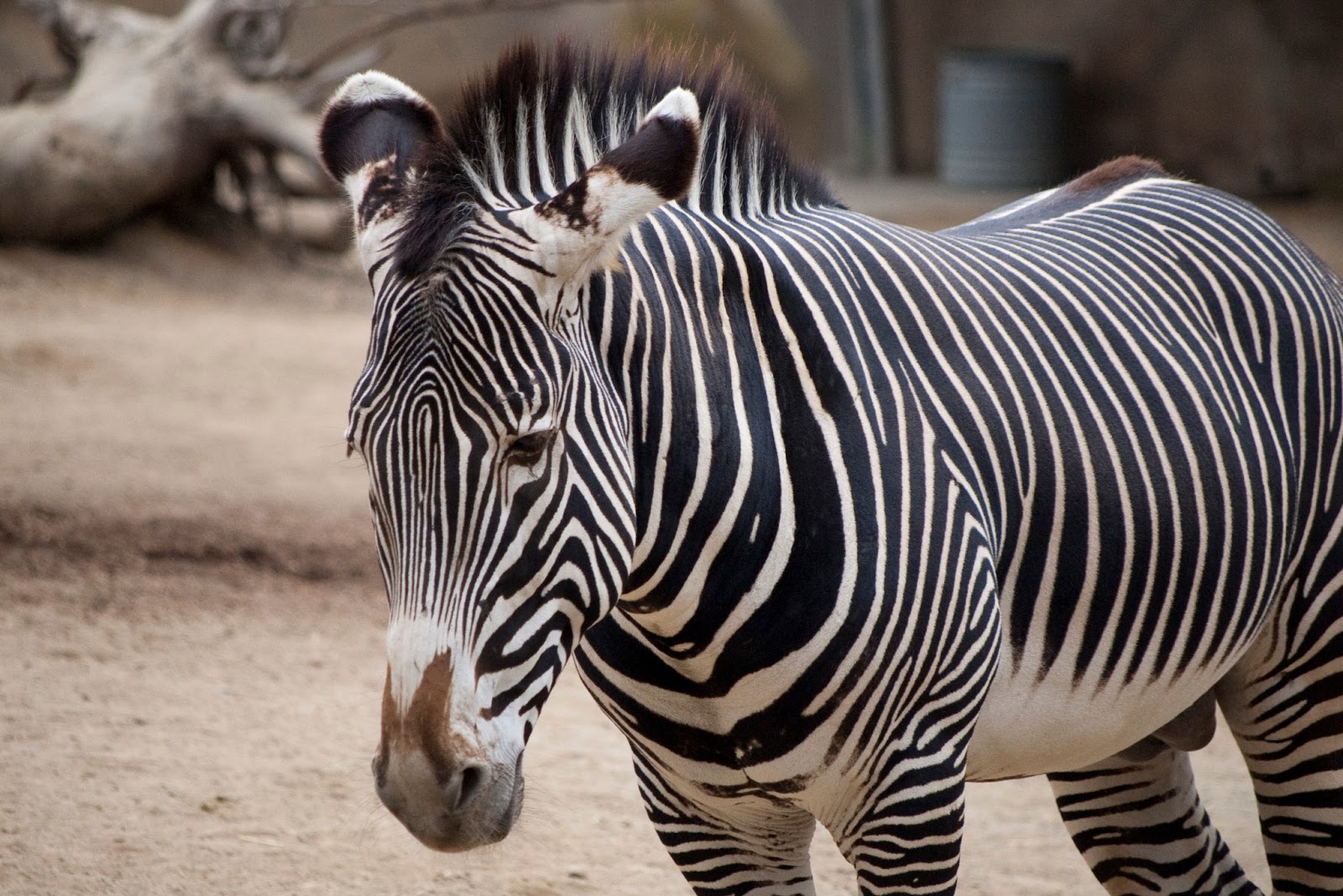
The Grévy's Zebra Beautiful Animal The Wildlife
Grevy's zebra are in crisis and numbers have declined rapidly. In the late 1970s, the global population of Grevy's zebra was estimated to be 15,000 animals; present-day estimates indicate only 3,042 animals remain, representing at minimum an 80% decline in global numbers. In Kenya the 2018 estimate was 2,812 Grevy's zebra and 230 in Ethiopia.
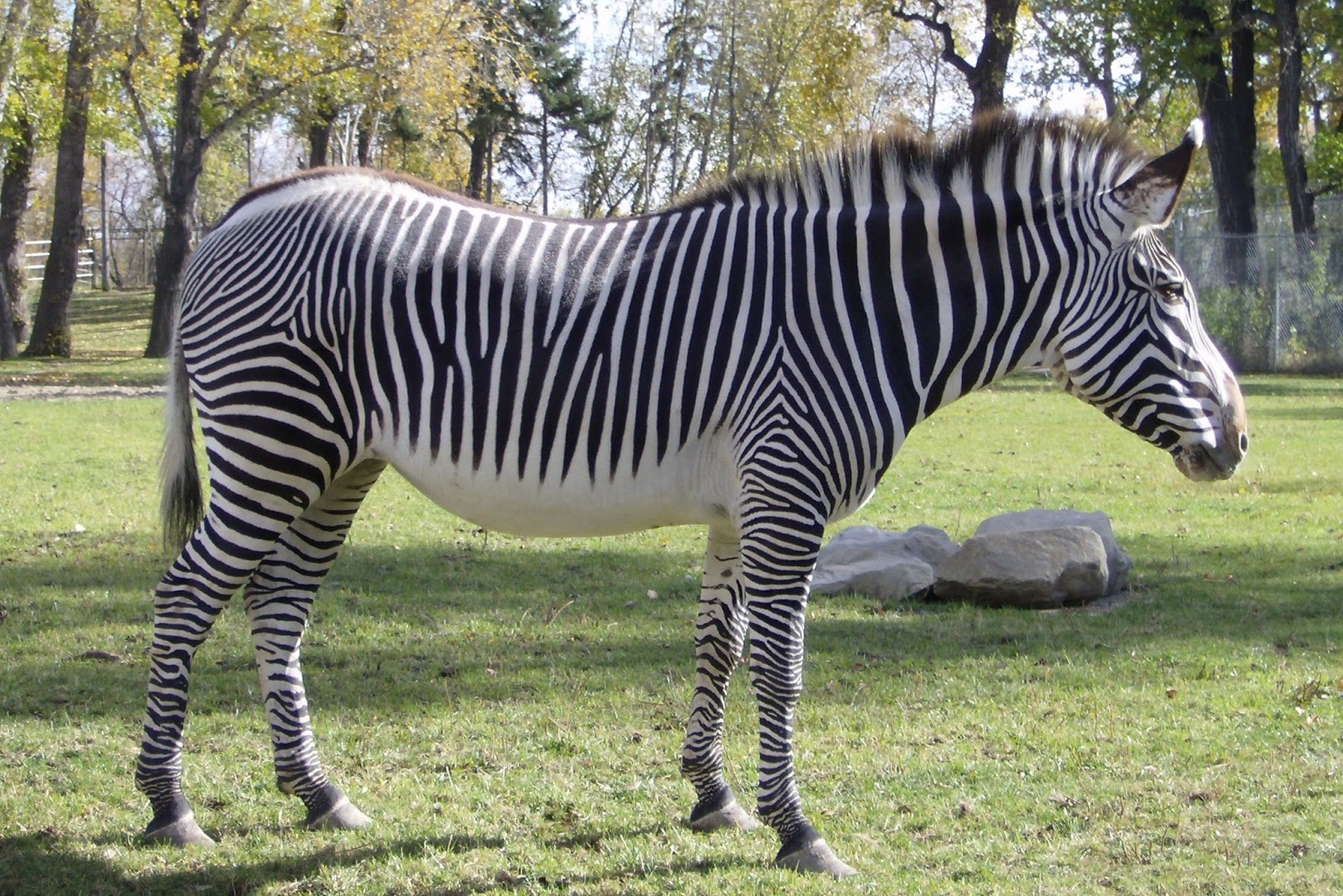
The Grévy's Zebra Beautiful Animal The Wildlife
The Grevy's zebra occupies the niche between the water-dependent plains zebra and the arid-adapted wild ass, living in arid and semi-arid habitat comprised of grass and shrubland with permanent water available. Predominantly grazers, Grevy's zebra live on forbs and grasses but during extremely dry periods they also browse. Grevy's zebra.

Second baby Grévy’s zebra born at West Midlands Safari Park Express & Star
Grevy's zebras are the largest type of zebra, standing 4-5 feet tall at the shoulder and weighing 770-950 pounds. They have thicker stripes than other zebra species, numbering approximately 80 in total. These zebras have good eyesight and their teeth are specially adapted to chew tough grasses. Most zebra species live in herds, but Grevy.
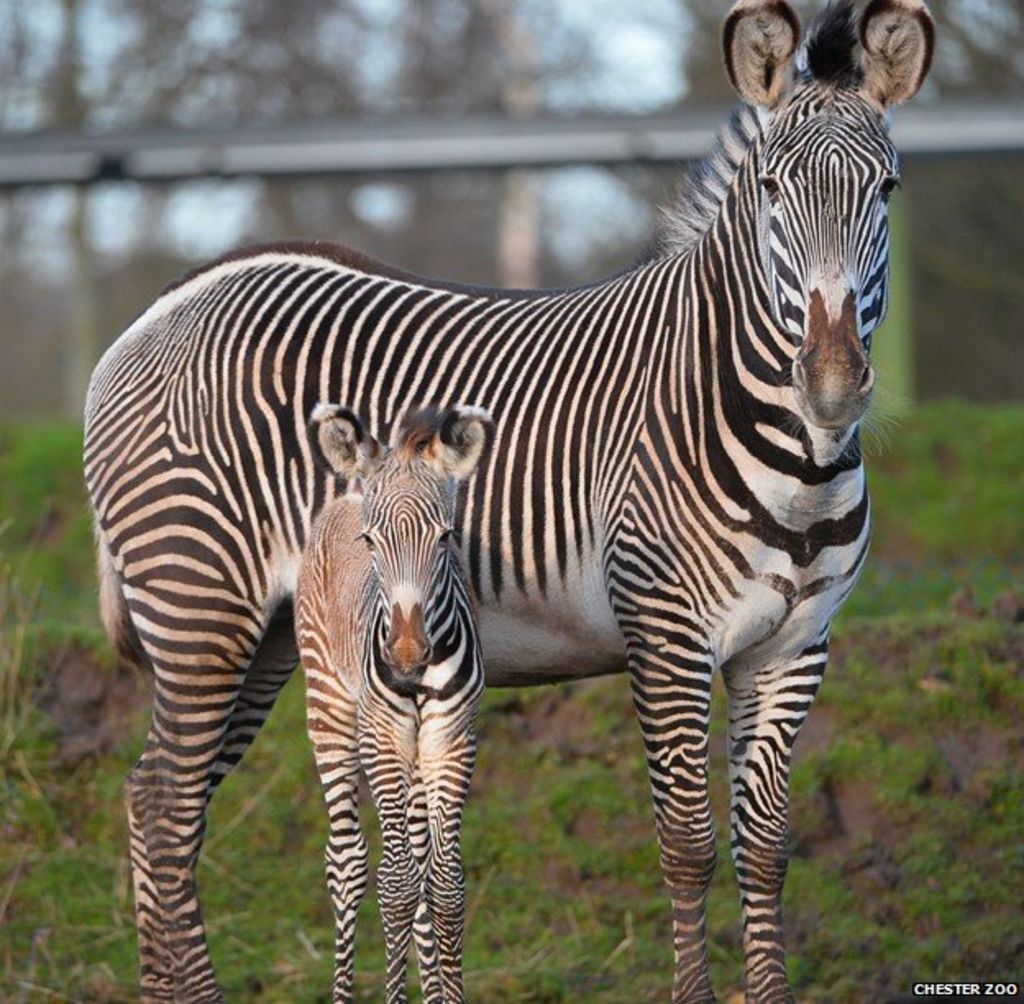
Rare Grevy's zebra born at Chester Zoo BBC News
A member of the horse family (Equidae), the Grevy's zebra is most closely related to the African wild ass. Its head is long, narrow and mule-like; its ears are big, round and fuzzy, and its mane is erect, rather than flowing like a horse's. Like a horse, the Grevy's zebra is an herbivore, eating mostly grass and sometimes tree bark and.

Rare Grevy’s zebra foal born at Marwell Zoo MLG Gazettes
The Grevy's zebra (Equus grevyi) is also called the 'Imperial Zebra'. The Grevy's zebra is the largest species of zebra and is found in Kenya, Somalia and Ethiopia in Eastern Africa. In certain regions of Kenya, the plains zebras and Grevy's zebras coexist (live together). The Grevy's zebra was the first zebra to emerge as a species.

Grevy's Zebra Facts, History, Useful Information and Amazing Pictures
Grevy's zebra have about 80 stripes in all. Grevy's zebras have many other adaptations that are common to all zebras. They have long, slender legs and hoofed feet that allow them to run quickly in an effort to avoid fast-moving predators. Grevy's zebras also have very keen eyesight. Their large eyes are set far back on their heads, which.
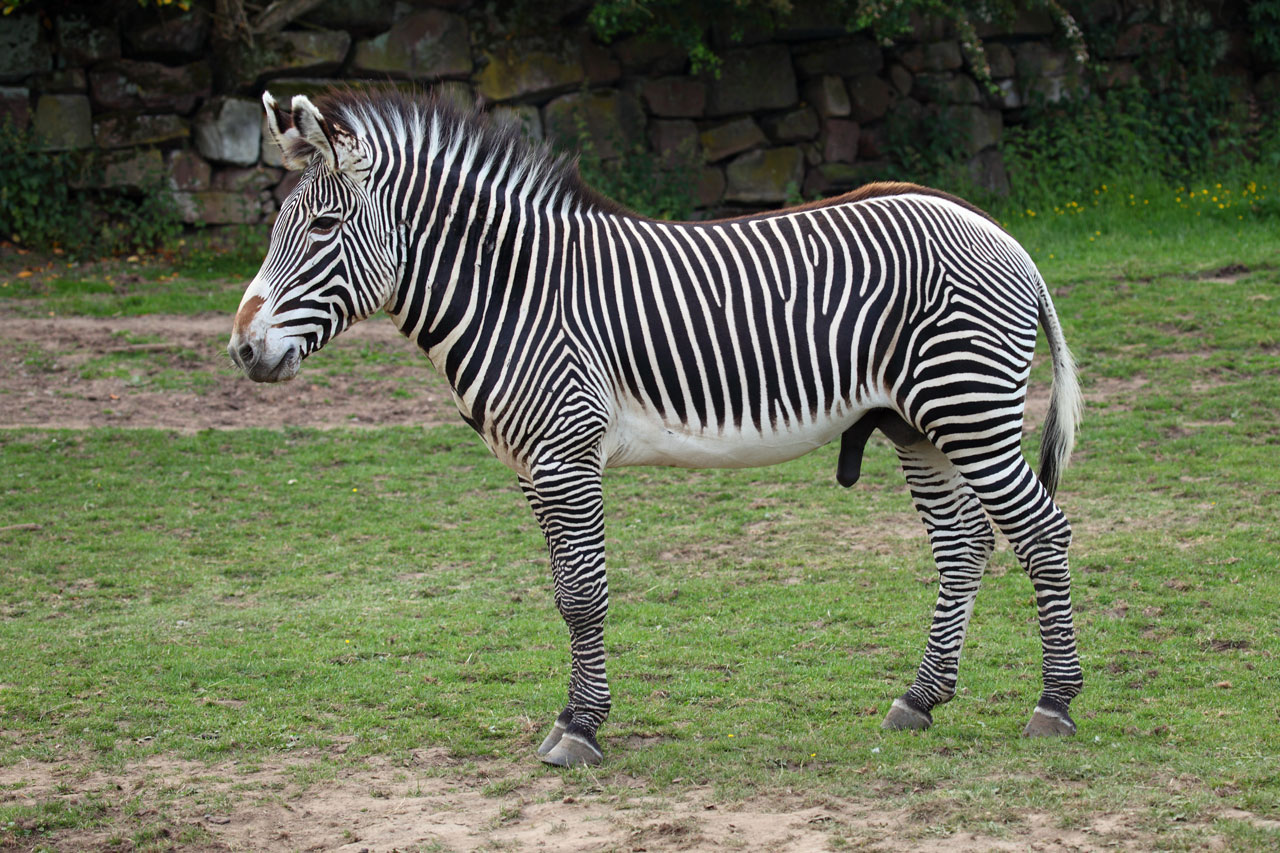
Grévy's zebra Alchetron, The Free Social Encyclopedia
The long-legged Grevy's Zebra is the largest of the wild equid. Dark brown stripes on the body are narrow, positioned close together, and do not cover the belly which is white. Mane is tall and erect, unlike a horse's; ears are large with thick fur inside. 1.25 to 1.5 m (4 to 5 ft.) at withers.

Grevy's Zebra Facts, History, Useful Information and Amazing Pictures
The Grevy's zebra is the largest of the three zebra species with the males five feet tall at the shoulders and weighing 770-990 pounds. Females are about 10 percent smaller. Lifespan in the wild is 12-13 years. In human care they live 22-30 years. See all Animals.